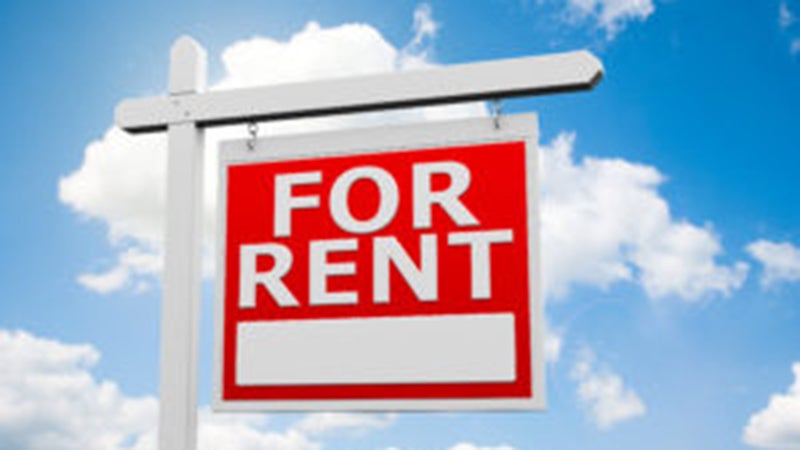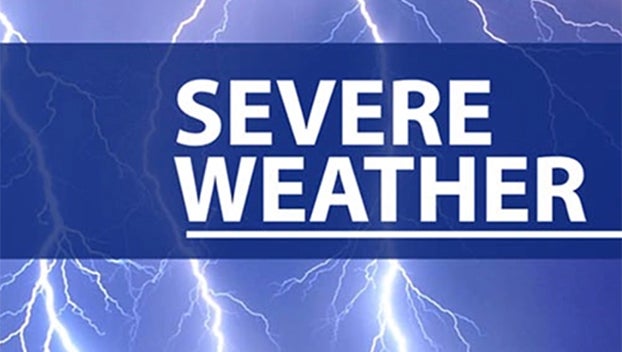Port Arthur, Mid-County renters & landlords can apply for state help
Published 12:16 am Tuesday, March 2, 2021
|
Getting your Trinity Audio player ready...
|
Texans are turning out in droves for a new statewide program aimed at helping tenants and landlords hurt financially due to COVID-19.
The Texas Rent Relief program began signing people up for the more than $1 billion allocated and in almost two weeks, nearly 30,000 Texans are seeking assistance either with rent and/or utility bills.
The program offers help with up to three months or more of past due rent payments dating back to March 2020 as well as up to three months or more in future rent or utility needs. Assistance is also available for past and future expected utility costs and home energy expenses.
To qualify, a household’s income must be at or below 80 percent of the Area Median Income. For Jefferson County, that figure is $54,000 in 2021 for a family of four. The relief program is giving a higher priority of approving funds for households at or below 50 percent of that figure.
“The Texas Rent Relief program provides the opportunity for tenants, as well as landlords, to be made financially whole,” said Bobby Wilkinson, executive director for the Texas Department of Housing and Community Affairs. “This program offers some relief from the stress of not being to pay for your family’s home and puts families and landlords back onto more secure financial grounds.”
As of Wednesday, TDHCA has received more than 29,000 requests for approximately $101.8 million, according to Russ Rhea, spokesman. Even with that amount, more than $1 billion in funds are still available, he said.
In the first 24 hours of the program, more than 42,000 calls were made to its call center.
WIlkinson also said his agency launched a multi-faceted campaign in several languages to help educate the public.
“We’re doing digital and print ads, radio and direct mail,” Wilkinson said. “We’re working with partners like Texas Apartment Association, Texas Affiliation of Affordable Housing providers, local governments and many others to get the word out to every corner of Texas so that the people with a need can apply for this program.
“Don’t lose hope. Help is on the way.”
And that help might come sooner rather than later.
Rhea said if all documentation is provided upon submitting a request for payment, funds could be released within a week or two to the landlord and/or utility company.
Applicants must go through a two-part process. Part one is to register an account with the relief program. The second step is to request funding.
Low- to moderate-income tenants who have suffered financial hardship during the pandemic can register and apply for aid by visiting TexasRentRelief.com or calling 1-833-9TX-RENT (1-833-989-7368).
The person applying can be the landlord, the tenant on his or her own, as well as the tenant applying at the invitation of the landlord.
This is where it can get tricky. For the most part, payments are made directly to the landlord, unless the landlord cannot be contacted or refuses to accept assistance.
In that case, payments will be made to the tenant after 21 days of TDHCA being unable to contact the landlord and/or utility company.
Landlords need tenant approval to apply, but not the other way around, Rhea said.
Of those more than 42,000 call center calls on the TDHCA program’s first day, about 90 percent were from tenants, resulting in 2,921 landlord accounts registered, 6,556 tenant accounts registered by landlord invitation and 11,578 tenant accounts registered on their own.
The first day also saw more than 5,700 payment requests submitted, totaling more than $20 million.
Cele Quesada, executive with the Port Arthur Housing Authority, said his agency planned to share that information, but that renters who have fallen behind can seek assistance through the U.S. Housing and Urban Development, which funds various programs for income-eligible residents.
Those programs include Housing Choice Voucher Programs, also known as Section 8, Rental Assistance Demonstration and the Veterans Affairs Supportive Housing.
— Submitted by Dan Bledsoe, Special to The News






